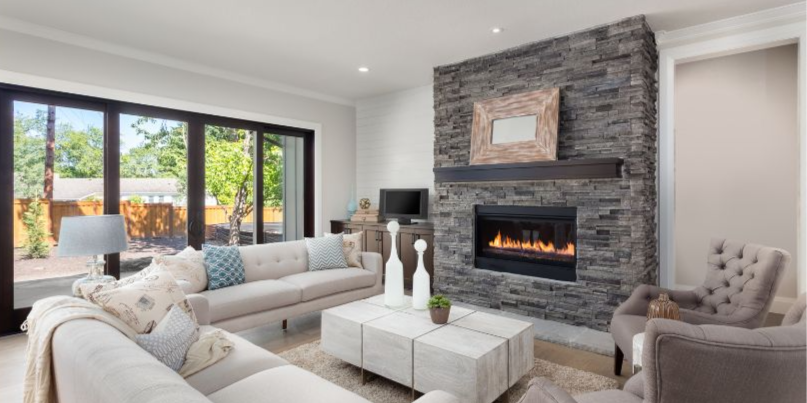Remodeling a Historic Home in Denver? What to Know Before You Start
- DAR - Design and Remodeling

- Aug 4
- 3 min read
There’s something magical about an old home. Maybe it’s the creaky hardwood floors that have echoed laughter for generations, or the original built-ins that tell a story from the 1920s. If you’re lucky enough to own a historic home in the Denver Metro area—whether it’s in Wash Park, Congress Park, Park Hill, Capitol Hill, or an early mid-century gem in Englewood, Littleton, or Lakewood—then you already know: these homes are full of charm, character, and yes… a few quirks.

At DAR Design and Remodeling, we’ve had the joy of working on many of these beautiful older homes, and we absolutely love it. There’s a different kind of care and creativity that goes into preserving the soul of a house while making it more functional for modern living. And honestly? That challenge is part of what makes it so rewarding.
The Soul of the Home Matters
Historic homes are more than walls and windows. They’re pieces of Denver’s story—reflecting the architectural styles of days gone by. Whether it’s a Victorian in Highlands, a Craftsman in Baker, or a post-war ranch in Arvada, we believe every remodel should respect the home’s original spirit. The goal isn’t to erase the past—it’s to thoughtfully bring it into the present.

What to Expect Before You Dive In
Before you tear out a wall or start updating fixtures, here are a few things you should know when remodeling a historic home in Denver:
1. Permits & Preservation Rules May Apply
Many historic neighborhoods have preservation guidelines. Even if your home isn’t officially landmarked, there may be zoning rules or neighborhood covenants in place. Always check with your city’s planning office before starting construction. Trust us—it can save a lot of time (and headaches).
2. Expect the Unexpected
When you open up old walls, you might find outdated wiring, knob-and-tube systems, old plumbing, or uninsulated walls. These surprises are common in older homes—and while they can add to the budget, they’re also opportunities to make your home safer and more energy-efficient.
3. Preserve What Makes It Special
Original wood trim, stained glass, fireplace tile, or vintage hardware—these little details are what make your home unique. Consider restoring or reusing them where you can. It’s a beautiful way to blend old and new.
4. Plan for Structural Upgrades
Older homes may need reinforcement in the foundation, floors, or roof systems. Before you start dreaming about your open-concept kitchen, make sure your house is structurally ready for the changes you want to make.
5. Balance Modern Needs with Classic Style
It’s totally possible to bring in modern conveniences—like smart lighting, heated floors, or energy-efficient windows—without sacrificing the historic charm. This is where thoughtful design really matters.

Experience Matters—And Passion Helps, Too
Our team at DAR Design and Remodeling has worked on dozens of historic remodels across the Denver Metro area. From Boulder to Aurora, and from charming bungalows in Golden to elegant homes in Cherry Creek, we’ve seen it all—and we love it all. Remodeling these homes isn’t just a job. It’s a passion.
We understand the care it takes to work with century-old materials, the creativity needed to match existing details, and the respect required to honor the home’s history while bringing it to life for a new generation.
Need Inspiration?
Take a look at our gallery—we’ve collected some of our favorite transformations to spark your imagination. You’ll see how we honor each home’s story while making it more livable, beautiful, and built to last.
Remodeling a historic home is more than just a renovation—it’s a labor of love. And if you're ready to take that step, know that you're not alone. DAR Design and Remodeling is here to help you every step of the way—with heart, craftsmanship, and experience you can trust.
Let’s make your historic house feel like home again.






Comments